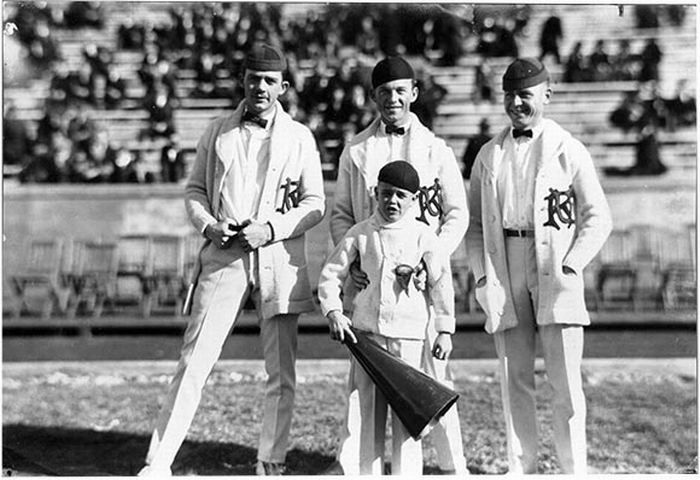history of malayalam cinema
Jeevithanouka - 1951
(The boat of life)
Jeevithanouka was a turning point for Malayalam cinema. This highly dramatic musical film, which narrated the story of ego clashes in a joint family, was mainly directed towards the women audience. Jeevithanouka was a huge success, and can be considered as the first 'super hit' of Malayalam cinema. Thikkurishi Sukumaran Nair, an actor from the stage, became the first 'superstar' of Malayalam cinema after the success of the film. But this success had also an adverse effect on Malayalam cinema. Films that were produced after Jeevithanouka were made according to this success formula, and nothing creative was seen for a long time. Superstars took over the driver's seat and directors were forced to the background.
Ramu Karyat
Acclaimed as an innovator of Malayalam cinema of the 1950s to the 1970s, Ramu Karyat (1927-79), is one of the protagonists of Kerals People's Art Club in the domain of the communist IPTA. After
Neelakuyi in 1954, he shot Minnaminungu (The Firefly) in 1957, a path breaking film of Malayalam cinema. Thoppil Bhasi's famous playMudiyanaya Puthran (The Prodigal Son) was filmed by Ramu Karyat in 1961. This film featured Satyan, a specialist in 'macho' roles, which is a convincing melodrama about the irresponsibility of a self-centered young man who deliberately sinks into anti-social behaviour before being reconciled with life by the love of a young 'untouchable' girl and by the warmth of a group of workers. After Moodupadam (1963), a social film about the relationship between three major religious faiths of the State, Hindu, Christian and Muslims, Ramu Karyat made
Chemmeen a definite turning point in Malayalam cinema.
P Bhaskaran
P Bhaskaran started as a lyricist for the film Chandrika and made his directorial debut with Ramu Karyat as a co-director and an actor inNeelakuyil. He attempted hard-hitting realism in his earlier films but later works were mainly love stories and melodramas with social concerns. Some of his memorable films are
Rarichan Enna Pauran(1956), set in the neo-realistic vein of Newspaper Boy, Anveshichu Kandethiyilla (1967) and
Irutinte Atmavu (1967).
A Vincent
A Vincent joined Gemeni Studio, Chennai as an assistant cameraman in 1947. He handled camera for the path-breaking film Neelakuyil. He made his directorial debut with
Bhargavinilayam (1964), based on story by renowned Malayalam writer Vikom Muhammad Basheer.
Nadi(1969) won him the State award and
Thulabharam (1968) the National award for second best film.
Neelakuyil - 1954
(The Blue Cuckoo)
Through
Neelakuyil Malayalam cinema for the first time had an authentic Malayalam story. The story for Neelakuyil was penned by renowned Malayalam writer Uroob and directed by the duo of P Bhaskaran and Ramu Karyat. This melodramatic film dealt with the issue of untouchability in the society. Satyan and Miss Kumari were elevated to stardom after the huge success of this film. Malayalam film music till then were cheap imitations of Hindi and Tamil film music, also came up with original Malayalam tunes through this film. The lyrics written by P Bhaskaran were arranged by K Rghavan, influenced by Malayalam folk music, which became popular among the masses. This was also the first Malayalam film to be shot outdoors. Neelakuyil announced the presence of Malayalam cinema in Indian film arena.
Newspaper Boy (1955) was the reflection of neo-realism in cinema, which became popular all over the world. This film was a result of extreme hard work by a group of college students.Newspaper Boy was directed by P Ramadas, who was totally new to cinema and almost all technical works were handled by amateur students. This film was distributed some months before Satyajith Ray's Pather Panchali came out. This film narrated the sad story of a printing press employee and his family reeling through poverty. He dies of extreme poverty and illness, which forces his children to stop their education. His elder son Appu leaves to Madras in search of a job. Failing to secure a job there, he returns and decides to take up the job of a newspaper boy.


















































